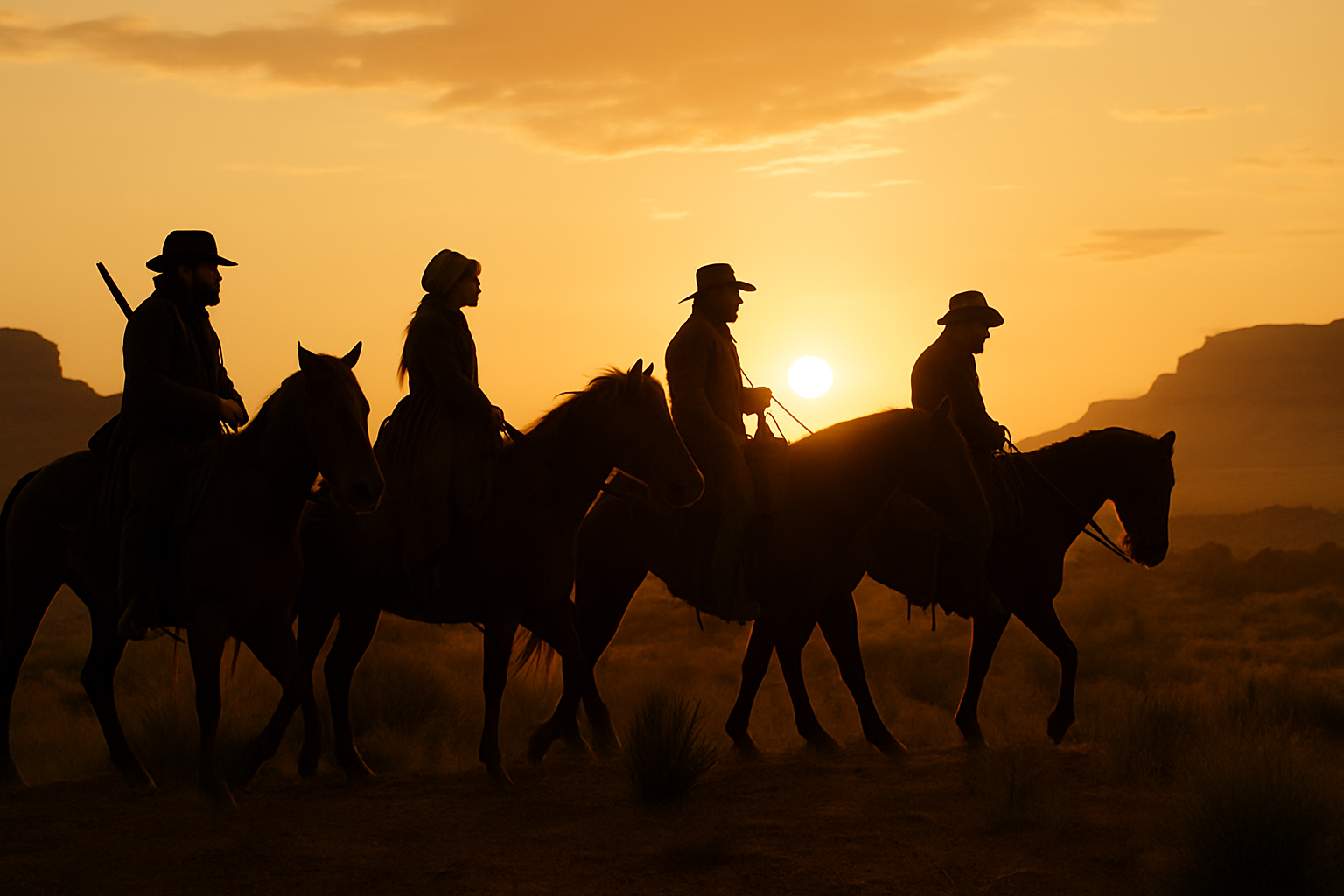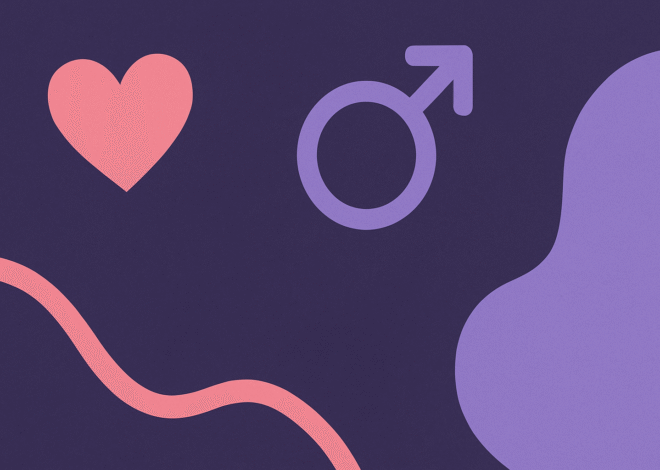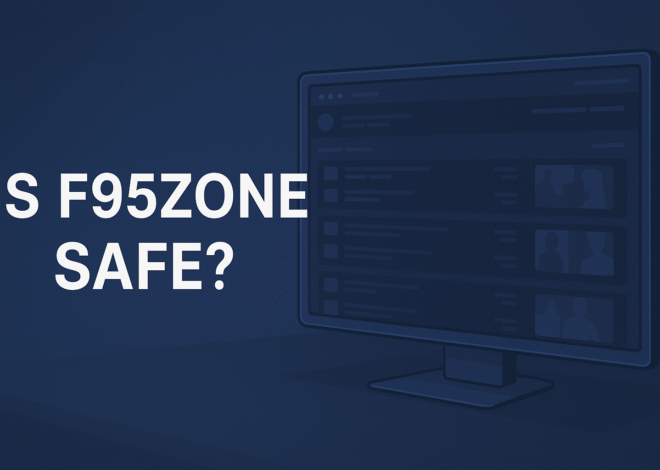
Horizon: An American Saga – Chapter 2 – A Bold Continuation of the American Epic
Kevin Costner’s cinematic return to the Western genre has reignited interest in historical narratives rooted in the American frontier. After the release of the first chapter, audiences were introduced to the vast scope of “Horizon: An American Saga,” an expansive tale capturing the cultural and physical collisions of 19th-century America. Now, with “Horizon: An American Saga – Chapter 2”, the story deepens, introducing new conflicts, characters, and emotional layers that elevate the narrative beyond the traditional Western.
While the first installment laid the foundation with sweeping vistas, sprawling storylines, and raw depictions of survival, Chapter 2 pushes into even more turbulent territory. This chapter isn’t merely a continuation; it is an escalation—of stakes, of intensity, and of emotional resonance.
Setting the stage: America on the brink of transformation
Expanding the historical landscape
Set during the transformative decades surrounding the American Civil War, Chapter 2 further explores the geographic and cultural chaos that defined the era. The expansion westward, driven by Manifest Destiny and the lure of untapped opportunity, meets harsh resistance—not just from Native tribes defending their homeland, but from internal struggles among settlers, soldiers, and outlaws.
The second chapter amplifies the emotional weight of these historical tensions. As new settlements arise, old alliances crumble. Families are torn apart by ideology, survival, and ambition. And the land itself becomes both a promise and a curse.
A diverse range of characters
In this chapter, the story introduces an even more nuanced cast. Costner’s own character remains a central figure, but now we also follow the lives of Indigenous leaders, immigrant families, and formerly enslaved people seeking freedom in the west. Each character is woven into the fabric of the American experience—not as romanticized figures, but as complex, fully realized individuals shaped by hardship and hope.
This deeper character development enriches the emotional core of the story, making Chapter 2 not just a tale of conquest, but of humanity in flux.
Thematic depth: Civilization, conflict, and connection
The cost of progress
One of the most striking themes in Horizon: An American Saga – Chapter 2 is the moral ambiguity of American expansion. The film doesn’t shy away from showing the brutal costs of “progress.” Railroads carve through sacred land. Forts rise where ancient tribes once roamed freely. Families are displaced under the guise of development.
This chapter forces viewers to grapple with the conflicting motivations behind expansion. Is it liberation or domination? Opportunity or theft? The story challenges romantic notions of the American dream and reveals the contradictions embedded within the nation’s foundation.
READ MORE: Femboy Hentai: Exploring a Unique Subgenre in Anime Culture
Interpersonal dynamics amidst societal upheaval
Amid large-scale conflicts, the story narrows its lens on personal relationships. Marriages are tested by isolation and trauma. Friendships are forged through shared loss. Trust becomes a rare and valuable currency. Chapter 2 doesn’t just showcase historical change—it embodies it through intimate human connection, reminding us that behind every historical shift are people trying to survive, love, and make sense of their world.
Kevin Costner’s vision: Directing with purpose
An auteur’s return to the frontier
Kevin Costner’s return as director is not only a cinematic event—it’s a passion project decades in the making. His vision for Horizon is clear: to create an epic American tapestry that spans generations, perspectives, and ideologies. Chapter 2 affirms his commitment to authenticity, both in storytelling and in visual representation.
Shot on location in the American Southwest, the cinematography in this chapter is both beautiful and haunting. Every wide shot tells a story of opportunity and danger. Every sunset over the plains is tinged with blood and dust. Costner’s direction balances grandeur with intimacy, letting quiet moments of despair and joy breathe amid sweeping battle scenes and political tension.
Realism in storytelling
Unlike many modern Westerns that glamorize violence or paint history with broad strokes, Horizon: An American Saga – Chapter 2 remains grounded. There is a raw honesty in the way it portrays illness, poverty, and cultural clashes. From the physical toll of survival to the emotional scars of loss, Costner ensures that the characters never feel like caricatures. This authenticity is key to the film’s emotional impact and sets it apart from other entries in the genre.
Cultural and cinematic significance
A new benchmark for Western storytelling
Chapter 2 builds upon its predecessor not just in scope but in ambition. It doesn’t merely revisit Western tropes—it reshapes them. The genre, long dominated by one-dimensional heroes and villains, is reimagined here through multiple perspectives. Native American stories are told with empathy and accuracy. Women are no longer just settlers or victims but active agents of their own fate. Even villains are given depth and context.
In doing so, this chapter contributes to the evolution of the Western genre. It honors the storytelling traditions of the past while breaking new ground, showing that Westerns can be both epic and introspective, politically aware and emotionally rich.
Audience reception and critical expectations
While the first chapter set the tone and attracted significant anticipation, Chapter 2 delivers on that promise. Early reactions from film festivals and exclusive screenings suggest that this installment deepens the impact of the narrative, earning praise for its layered storytelling and breathtaking visuals.
Critics have noted that Chapter 2 finds a more confident rhythm. The pacing is tighter, the conflicts more focused, and the stakes undeniably higher. For those who found the first installment ambitious but scattered, this second chapter offers cohesion and emotional payoff.
Horizon’s legacy in the making
A multi-chapter cinematic journey
What makes Horizon: An American Saga – Chapter 2 truly unique is its placement within a larger narrative arc. Costner envisions a saga that stretches across several films, with each installment serving as a vital puzzle piece in the grand narrative. Chapter 2 is not just a sequel—it is a bridge, connecting the seeds sown in Chapter 1 with the complex resolutions still to come.
This long-form approach allows for richer storytelling. Characters can evolve slowly. Conflicts can unfold naturally. The audience is invited not to consume a single moment, but to inhabit a whole era—living and breathing the choices, triumphs, and tragedies of a diverse group of Americans.
Reshaping historical memory through art
Ultimately, Horizon is more than a movie series. It is a reexamination of the American mythos. Chapter 2 continues this mission by daring to complicate our understanding of the past. It doesn’t offer easy heroes or clear victories. It invites discomfort, questions, and emotional engagement.
In doing so, it positions itself as not just a cultural artifact, but a conversation—a mirror held up to American history and identity.
Conclusion: Horizon: An American Saga – Chapter 2 is a powerful continuation of an epic that aims not just to entertain, but to educate, challenge, and move its audience. With stunning visuals, complex characters, and deeply human storytelling, it cements Kevin Costner’s vision as one of the most ambitious Western projects in cinematic history.
This chapter is not merely about the past—it is a lens through which we examine our present, our values, and our collective memory. And if Chapter 2 is any indication of what’s to come, the saga of Horizon is only just beginning.




